Do you have a question about the MSI X299 RAIDER and is the answer not in the manual?
Provides instructions on how to install an M.2 module into the motherboard slot.
Explains how to connect the ATX and CPU power supply connectors.
Explains PWM and DC fan connector types and pin definitions.
Explains the Clear CMOS jumper and the procedure for resetting BIOS.
Details methods to enter the BIOS setup menu, including key presses and software.
Step-by-step guide for updating the BIOS using the M-FLASH utility.
Lists and describes the main menu options available in Advanced Mode (SETTINGS, OC, M-FLASH, etc.).
How to set administrator and user passwords for system security.
Options for saving/discarding changes, restoring defaults, and boot override.
Options to switch between normal/expert OC modes and set CPU ratio application.
Configuration of CPU ratio operating mode and offset for AVX instructions.
Settings for ring ratio, EIST, Intel Turbo Boost, and Enhanced Turbo.
Enabling X.M.P. for memory overclocking.
Settings for DRAM frequency, timing modes, and advanced configuration.
Settings for SVID communication and voltage control for CPU, DRAM, and PCH.
Settings for detecting CPU/memory changes and viewing CPU specifications.
Information on CPU technology support and memory details via Memory-Z.
Configuration for Intel Hyper-Threading technology.
Settings for Intel VT-D, hardware prefetcher, and CPU AES instructions.
Configurations for thermal monitoring, C-States, and CFG lock.
Instructions for installing motherboard drivers from the MSI disc.
Guide to installing motherboard utilities from the MSI disc.
Overview of Intel XTU navigation, views, settings, and help functions.
Details tuning controls, system table, graphs, and monitors in Intel XTU.
Instructions on entering the IRST Option ROM for RAID setup.
Steps to delete a RAID volume and revert disks to non-RAID.
Procedure to reset disks to their original non-RAID state.
Explains what a degraded RAID array is and how to re-establish data redundancy.
Steps to create M.2 PCIe SSD RAID using M.2/Optane Genie in BIOS.
Steps to create M.2 PCIe SSD RAID using UEFI BIOS settings.
Steps to remove an M.2 PCIe SSD RAID volume using M.2/Optane Genie.
Steps to remove an M.2 PCIe SSD RAID volume using UEFI BIOS.
Step-by-step guide to install Intel Optane memory and RST.
Steps to disable M.2/Optane Genie in BIOS before removing Optane memory.
| Chipset | Intel X299 |
|---|---|
| CPU Socket | LGA 2066 |
| Form Factor | ATX |
| Maximum Memory | 128 GB |
| LAN | Intel I219-V Gigabit LAN |
| RAID Support | RAID 0, 1, 5, 10 |
| Memory Slots | 8 |
| PCIe Slots | 3 x PCIe 3.0 x16 |
| Storage Interface | 8 x SATA 6Gb/s |
| Audio | Realtek ALC1220 |
| Multi-GPU Support | 3-Way CrossFire |
| Memory Speed | Up to 4133MHz (OC) |
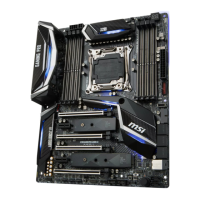
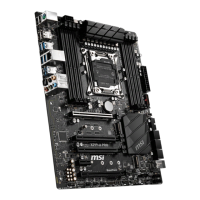
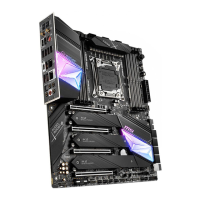

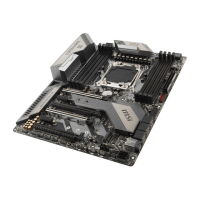

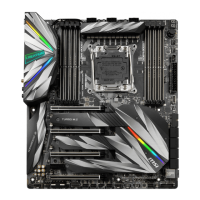
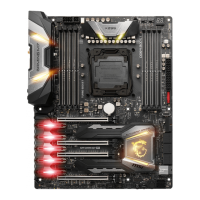

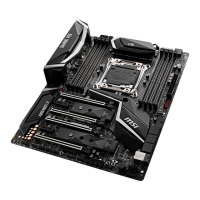

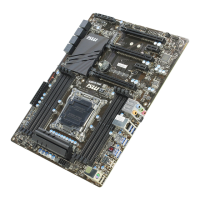
